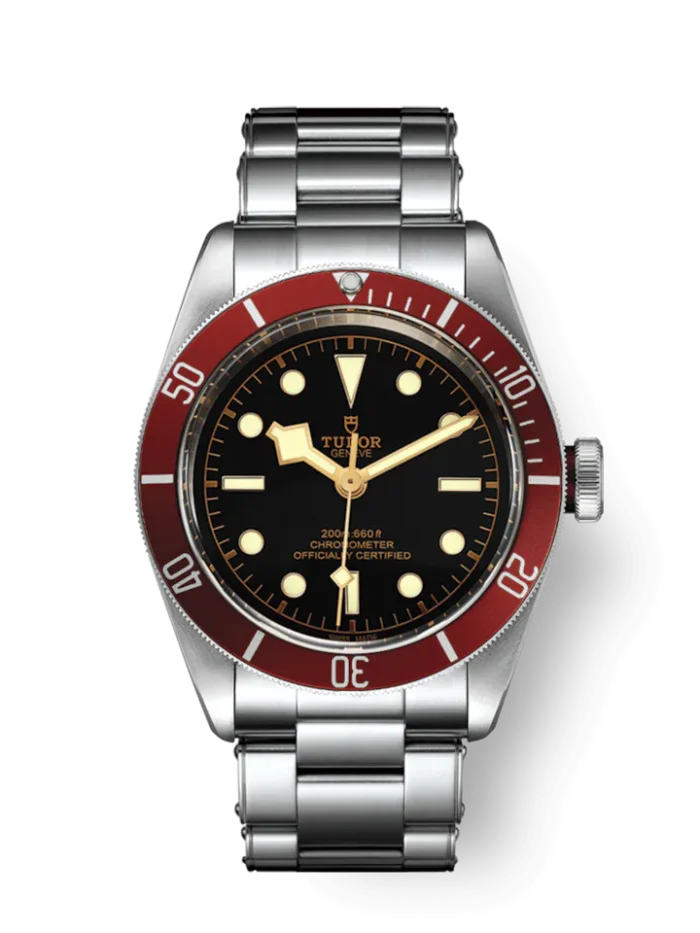When our designers were creating The Splash Lab product range, they were faced with a challenge: how to produce diverse restroom products in a range of finishes while maintaining consistency and quality? The solution was Physical Vapour Deposition (PVD), a vacuum-coating technique that vaporises the source material into a plasma of atoms or molecules and deposits them on a wide range of substrates which, in the case of The Splash Lab taps and fittings, is stainless steel. The end result is a thin film of PVD that coats the product in a coloured finish, which for The Splash Lab includes brass, copper, bronze, black and satin.
The process
The PVD process is carried out in a high-vacuum chamber using temperatures between 150°C and 500°C. After our fittings have been cleaned using a chemical process called passivation, they are jigged and secured in the vacuum-deposition equipment chamber. The equipment is pumped down to the optimum pressure, depending upon the coating materials, substrate and process used, and the vapour deposition coating begins to spray.
Each coating is a mix of several gasses including titanium, aluminium, nitrogen, zirconium and carbon, and the different aesthetic finishes are achieved by varying the amounts of each. To achieve a uniform thin-film coating – the thicknesses of which are often only a few atoms or molecules thick – the fittings are jigged in the machine in a way which allows them to rotate on their axis, whilst the whole chamber also rotates.
Why we use PVD for our washroom-fittings range
 How you can use PVD fittings in the washroom
We coat all our brushed stainless steel washroom products with coloured PVD, not only because we like how it looks but also because it increases the durability of the steel, reduces its vulnerability to corrosion and the process is kind to the environment. All TSL products – from our capacitive and IR taps to our flush valve, hand dryer, soap dispensers, toilet brush holder and coat hook – can be specified in a matching PVD finish, giving your washroom a consistent design aesthetic. To view our products in-situ, click here to see how they are used in a beautiful wine bar in London or to learn more about our range of products, visit our product page for information and specification downloads.
How you can use PVD fittings in the washroom
We coat all our brushed stainless steel washroom products with coloured PVD, not only because we like how it looks but also because it increases the durability of the steel, reduces its vulnerability to corrosion and the process is kind to the environment. All TSL products – from our capacitive and IR taps to our flush valve, hand dryer, soap dispensers, toilet brush holder and coat hook – can be specified in a matching PVD finish, giving your washroom a consistent design aesthetic. To view our products in-situ, click here to see how they are used in a beautiful wine bar in London or to learn more about our range of products, visit our product page for information and specification downloads.

- Coating thinness. One key reason we chose the PVD process was because the thin coating of PVD colour allowed the beauty and fine brushing of the stainless steel to show through on the products. The thin coating of PVD also eliminated the dimensional changes that occur when using traditional thick coatings.
- Durability. PVD coating is extremely hard, giving the products a much higher scratch resistance.
- Sustainability. It's environmentally friendly, as there are no toxic byproducts in the PVD process, unlike other alternative coating processes, such as powder coating or electro-plating.
 How you can use PVD fittings in the washroom
We coat all our brushed stainless steel washroom products with coloured PVD, not only because we like how it looks but also because it increases the durability of the steel, reduces its vulnerability to corrosion and the process is kind to the environment. All TSL products – from our capacitive and IR taps to our flush valve, hand dryer, soap dispensers, toilet brush holder and coat hook – can be specified in a matching PVD finish, giving your washroom a consistent design aesthetic. To view our products in-situ, click here to see how they are used in a beautiful wine bar in London or to learn more about our range of products, visit our product page for information and specification downloads.
How you can use PVD fittings in the washroom
We coat all our brushed stainless steel washroom products with coloured PVD, not only because we like how it looks but also because it increases the durability of the steel, reduces its vulnerability to corrosion and the process is kind to the environment. All TSL products – from our capacitive and IR taps to our flush valve, hand dryer, soap dispensers, toilet brush holder and coat hook – can be specified in a matching PVD finish, giving your washroom a consistent design aesthetic. To view our products in-situ, click here to see how they are used in a beautiful wine bar in London or to learn more about our range of products, visit our product page for information and specification downloads.

Image 1: The Splash Lab: TSL-881 Capacitive sensor tap and TSL-470 Wall mounted soap dispenser
Image 2: Tudor Blake Bay watch with PVD-treated steel case via tudorwatch.com
Image 3: Bottles Wine Bar, London using The Splash lab products